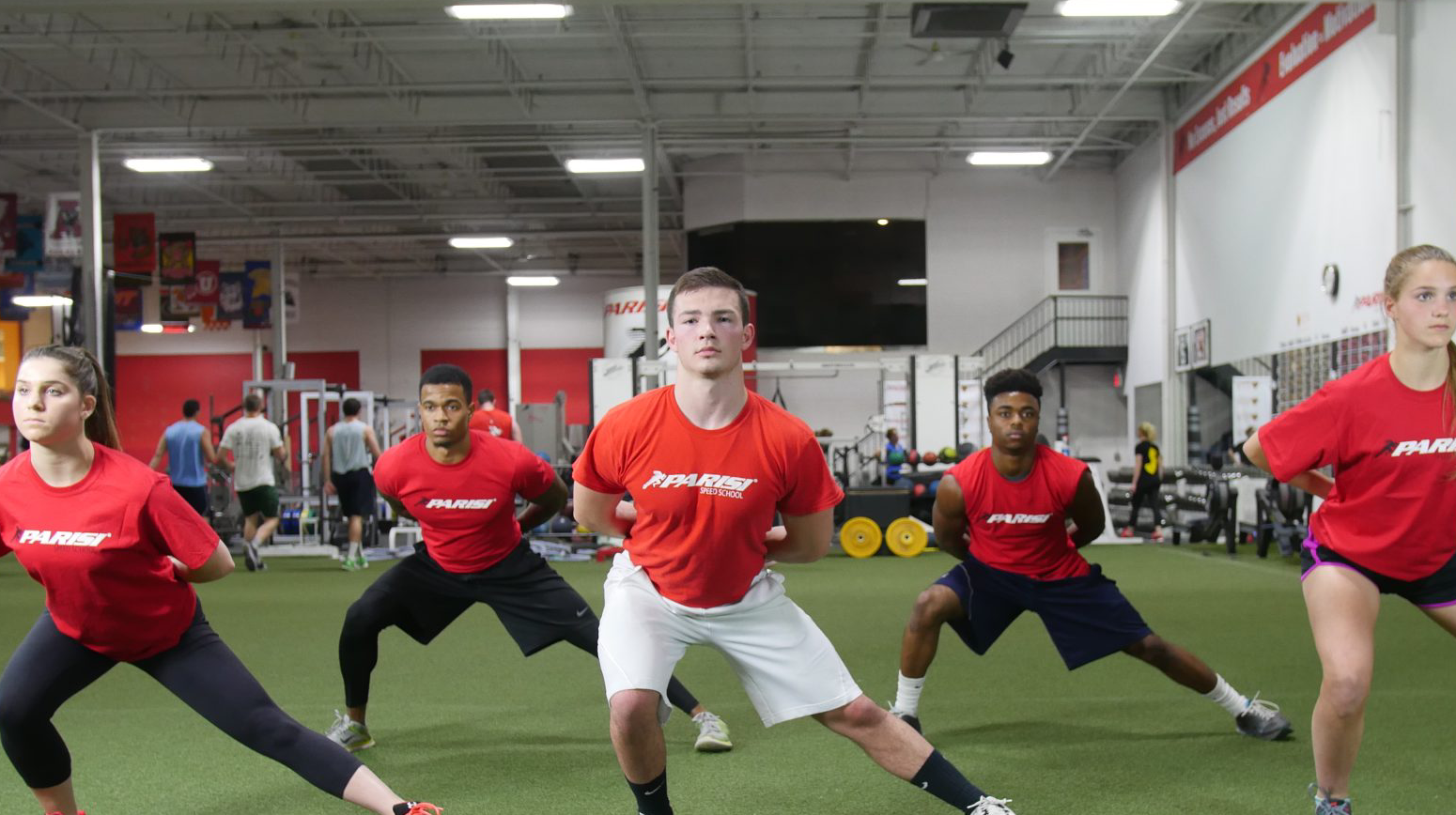Muscle is more metabolically active than fat, which means that muscle burns more calories than fat while you are at rest. One pound is one pound, but the composition of that one pound is very important. Pound for pound muscle takes up less space than fat. Muscle is more dense than fat. Muscle takes up approximately four-fifths as much space as fat does. Two people may be the same height and weight, but the person with a higher body fat will wear a larger size.
Since muscle is denser, if you compare two equal sizes of fat and muscle, the muscle would weigh more. The density of fat is .9g/ml whereas the density of muscle is 1.1g/ml. these numbers can vary depending on numerous factors such as race, sex, or body type.
From the metabolism standpoint, muscle tissue will burn seven to ten calories per pound of muscle daily, whereas fat only burns two to three calories per pound daily. Replacing a pound of fat with a pound of muscle will help you burn more calories daily while at rest. If you start utilizing a strength training regimen you could expect to gain anywhere from three to five pounds of muscle mass in the first three months. This largely depends on diet as well, spending hours at the gym to follow it with a Wendy’s chocolate milkshake for your post workout meal will not give those same results. Most of the calories burned throughout the day are made up of your basil metabolic rate, meaning that if your body is composed of more muscle, more calories will be burned at rest. Some people who do start a workout regimen are all too focused on the scale and not focused enough on the measurements. A great way to see results is not only to step on the scale but to also take monthly progress photos. Photos are one of the best ways to see the progress you have made, especially because looking at yourself in the mirror every day makes it tough to see small changes. Comparing pictures from a month ago to today will make your progress much more obvious.
High body fat percentages are associated with raised risk for obesity related diseases such as type 2 diabetes, heart disease, high blood pressure, and even certain cancers. The average everyday American woman should look to be somewhere between eighteen and thirty percent body fat, whereas men should look to be between ten and twenty five percent.
Having a healthy amount of fat is also necessary, as well as participating in a routine workout regimen. If you are not seeing the results you want on the scale and are losing motivation, a good way to re-motivate is to take a step back and actually look at yourself compared to one, two, or three months ago, and see how far you’ve come.
H.K.

 Most Improved Coach of the Year
Most Improved Coach of the Year